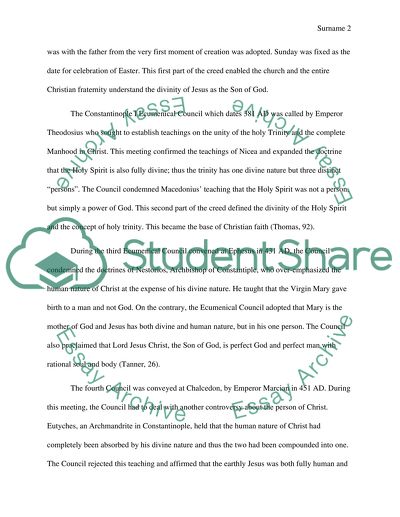Cite this document
(“In what ways did the early Christians Ecumenical Councils develop the Research Paper”, n.d.)
In what ways did the early Christians Ecumenical Councils develop the Research Paper. Retrieved from https://studentshare.org/religion-and-theology/1634359-in-what-ways-did-the-early-christians-ecumenical-councils-develop-the-churchs-understanding-of-jesus
In what ways did the early Christians Ecumenical Councils develop the Research Paper. Retrieved from https://studentshare.org/religion-and-theology/1634359-in-what-ways-did-the-early-christians-ecumenical-councils-develop-the-churchs-understanding-of-jesus
(In What Ways Did the Early Christians Ecumenical Councils Develop the Research Paper)
In What Ways Did the Early Christians Ecumenical Councils Develop the Research Paper. https://studentshare.org/religion-and-theology/1634359-in-what-ways-did-the-early-christians-ecumenical-councils-develop-the-churchs-understanding-of-jesus.
In What Ways Did the Early Christians Ecumenical Councils Develop the Research Paper. https://studentshare.org/religion-and-theology/1634359-in-what-ways-did-the-early-christians-ecumenical-councils-develop-the-churchs-understanding-of-jesus.
“In What Ways Did the Early Christians Ecumenical Councils Develop the Research Paper”, n.d. https://studentshare.org/religion-and-theology/1634359-in-what-ways-did-the-early-christians-ecumenical-councils-develop-the-churchs-understanding-of-jesus.


